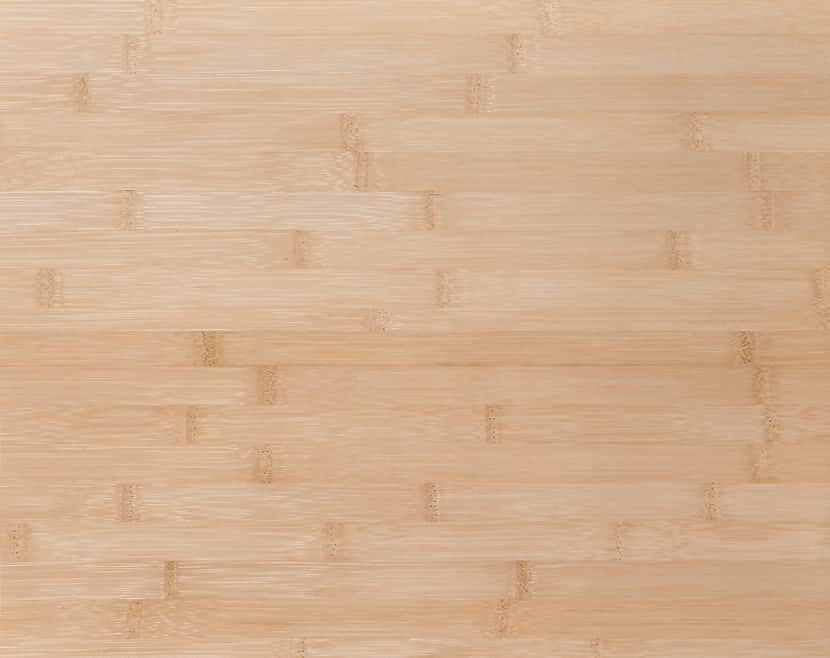What exactly is bamboo flooring?
Bamboo grows mainly in tropical areas and with its more than 1300 species it is widely represented in many countries.
Because bamboo belongs to the genus of grasses, it grows much faster than the coniferous or deciduous trees we know. Nevertheless, if you look at the chemical composition of bamboo, you will undoubtedly recognize its woody character, because it consists of 70 percent cellulose and 25 percent lignin. 5 years after planting, the first bamboo canes can be harvested and processed into bamboo parquet. Similar to grass cutting, bamboo harvesting involves cutting off the above-ground parts of the plant. The mother plant, like the grass root, remains in the ground and can continue to grow unperturbed. One of the biggest advantages of bamboo parquet is therefore that bamboo is the most environmentally friendly and sustainable raw material for the production of parquet. Therefore, bamboo parquet is especially popular among our ecologically conscious customers. As sustainable and natural as bamboo parquet is, it also gives a distinctive cozy feeling to the room.
To make bamboo parquet from harvested bamboo canes, they are cut into slats and then boiled, dried, and glued together into one piece under very high pressure. The result is a bamboo parquet that is suitable for sanding and surface treatment and can be compared with other types of wood.
The bamboo lamellas can be glued together in both vertical and horizontal directions. The typical gluing is horizontal. This allows the bamboo's shoots to be easily identified afterwards. Smaller pieces of bamboo can be used for vertical gluing, creating a more neutral, bamboo look. Once glued, they are cut to the various sizes and the surfaces of the slats are sanded and sealed with oil, varnish or wax.
Visually, bamboo clearly stands out. Here you can choose between different types, colors and patterns. Similar to conventional parquet, bamboo parquet is available with oiled or sealed surface. Its patterning is due to the distinctive and regular thickenings on the bamboo cane. This particular patterning gives the floor its unique character and unusual design.
The worry that bamboo parquet is not robust and resistant enough can be quickly forgotten, because although bamboo is not a typical wood material, it has an overwhelming hardness and an associated reduced swelling and shrinking behavior. For this reason, bamboo parquet can usually be glued to underfloor heating without any problems. However, the manufacturer's specifications must be strictly observed and adhered to.
Too high room temperatures combined with a great dryness harm bamboo parquet, because just as the bamboo plant needs a lot of water, bamboo parquet also requires moisture. This can cause squeaking noises or even cracking in dry conditions. With a humidifier, the required humidity can always be maintained and you are also doing something good for yourself and your health.
Despite its high durability, bamboo does not lose its pleasant elasticity, which is particularly easy on the joints. Its ease of care also benefits from its enormous hardness, as bamboo parquet is less sensitive to moisture than, for example, oak or beech parquet. Nevertheless, it is not advisable to use too harsh and acidic cleaners for your bamboo floor.

Bamboo light yellow fibers, hardness in the upper range
